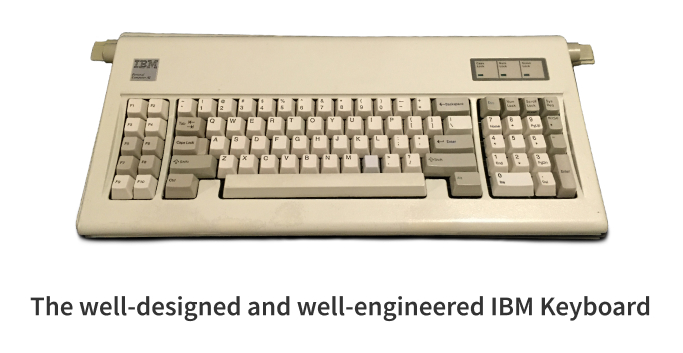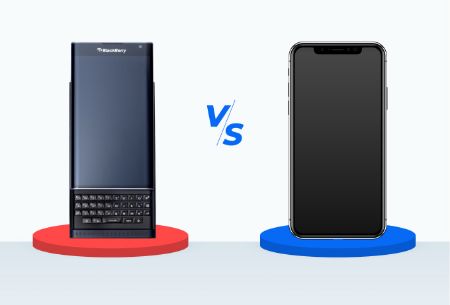Have you ever bought a product simply because you thought it was “cool” and not because it worked well? OK, admit it, maybe just once. If you are a working engineer, student, manager, or purchasing professional, you may have heard a frequent question: “What is more important in a product, design or engineering?” This is a not-insignificant thing to consider when you’re launching a new device or in the midst of a redesign. And whether you work solo or are part of a product development team, the question always seems to be in the background.
Let’s discuss by beginning with some basics. From a very broad perspective we might agree that engineering typically focuses on technical feasibility to insure the desired results in terms of product performance. Design, on the other hand, more often focuses on end-user desirability to ensure acceptance through ease of use, attractive form, or other factors.
To put it in words a marketing professor might use, good design implies acceptance by the user. Good engineering implies utility for the user. Sounds simple, but maybe we should dig a bit deeper on the subject.
The Importance of Good Design?
Product design shouldn’t be confused with engineering design or separated from it, particularly with products that have electronic content and a user interface. Determining the “look and feel” of the product is a significant part of the technical design process, and the interface is the key element of the interaction.
Even if the design of your product is not always dependent on the engineering, it can and should go hand in hand. In fact, good design often requires creative engineering, the smartphone being the best example. It’s doubtful that the modern touch screen cellphone with its elegantly simple interface and brick-like feel would have gone anywhere without haptic technology and intuitive operation to enhance its function.
The Importance of Good Engineering
As someone who is used to dealing with numbers, specifications, test data, etc., you may typically base your engineering design decisions on component performance and cost. This strategy helps ensure products that work, that can be easily manufactured, and that can be shipped on time to customers.
Well-engineered products, however, should not be confused with over-engineered products. Injecting needless additional features into a product, while seemingly an elegant engineering solution to boost competitiveness, can also turn-off customers. The touch screens in newer automobiles that continuously house additional vehicle control functions are but one example. Keeping physical controls to a minimum, while possibly a cost imperative, can lessen user operability as well as satisfaction.
The challenge in the engineering process comes when we insert the customer into the mix. Customers appreciate products that work, but they also are drawn to products that go beyond pure engineering. Does the product feel right, sound solid, supply tactile feedback, look good. As former IBM president Tom Watson once stated, “the design beyond the engineering” is a skill worth cultivating and that “good design is good business.” IBM PC users for many years lauded the IBM keyboard, simply because the keys linked key switch travel with a tactile and distinct click.

These things are the province of the designer. But experience shows that the individual components you select when engineering a product can deliver both the engineering performance you require along with the “design cues” that you seek and your customers react to.
There is no doubt that a well-engineered physical control, like a panel switch, can work to specifications through thousands of on/off cycles. A well-designed switch can also add a look of quality, communicate positive operation through feedback, prevent errors through tactile engagement, and promote safety through the use of color and lighting. If you are a technician controlling the batch flow in a chemical plant, you want your system control panel to be accurate as well as simple to read and easy to use.
Individual components that are well-designed and subtly branded can also add value to the overall perception of your product by a purchasing department trying to decide between two alternatives. “Perceived Product Value” is not an engineering phrase, but it can certainly be important to the work of an engineering department when seeking purchasing buy-in on components that may stretch the budget.
Products That Blend Design and Engineering
There are many products, both consumer and industrial, that seamlessly integrate great design with strong engineering. Our favorites are the aforementioned smartphones, Ducati motorcycles, Fluke multimeters, and Lie-Nielsen wood planes.
While you may be able to cite numerous examples of your own, the point is that a combination of good engineering with good product design can go a long way to improve product market perception, increase overall value, allow for aggressive pricing, and improve return on sales. If you can do all of that, management will find ways to approve your initiatives.
The Steps to Better Integration of Engineering & Design
As we said at the start, even if you are part of a large design team, or a lone wolf engineer, understanding and implementing a collusion between design and engineering can have numerous payoffs.
You start the process by understanding the problem and determining what you are trying to do. Are you designing a new product, re-designing an older one, or just trying to solve a problem? The secret is to ask questions and then listen, listen, listen.
Have you taken time to get beyond the basic specs for your product? Will it be a control panel for off-highway equipment subject to vibration, noise, and heat? Or will it be in a climate-controlled office. Will easy access for repairs need to be built-in for future service? And how in-grained will your product be in the daily life of the user? Even if you’re designing power supplies, it’s always good to know how they will be used.
Summary
If you’re in a large company you most likely have access to internal resources that can guide you in your quest to take advantage of good design. If you work at a small firm or a start-up you may have to fight for resources in your quest. But your customers will be the final judges of your efforts.
Our electronics friends at www.CircuitBread.com have well-populated content with hundreds of tutorials and answers to frequently asked engineering questions that may help guide you in your search for solutions. You may want to visit them.
It is also important to remember the experience and value that people in the electronics business, like authorized product distributors, can bring to your solution search. At OnlineComponents, our professionals are exposed and react to product design challenges from around the world. We’re here when you need us and anxious to help you look good by building things just right.
contact us:
 EN
EN
 English
English
 Chinese
Chinese
 Italiano
Italiano
 Portuguese
Portuguese
 Deutschland
Deutschland
 French
French
 Russian
Russian
 Japanese
Japanese
 Turkish
Turkish
 Korean
Korean
 Spanish
Spanish
 my account & orders
my account & orders


